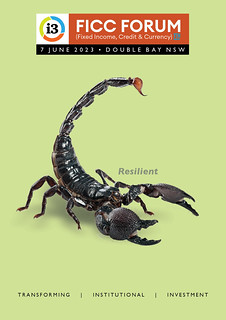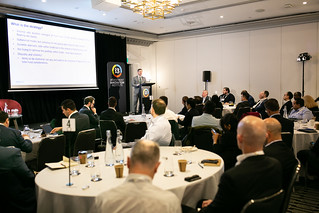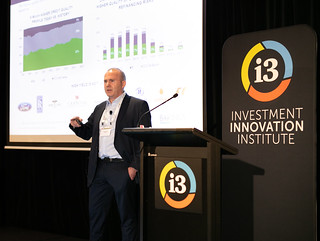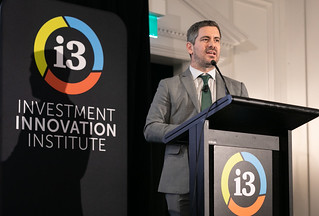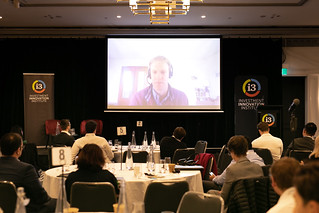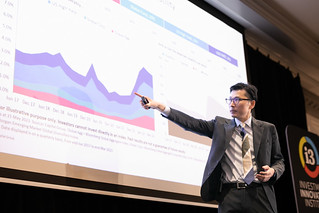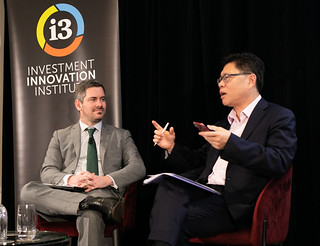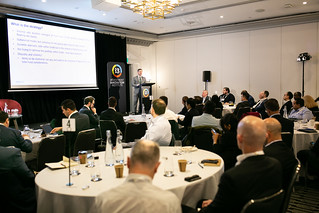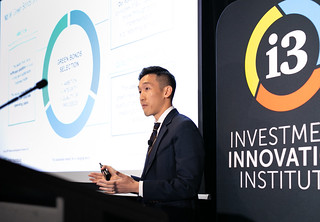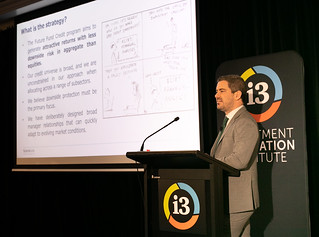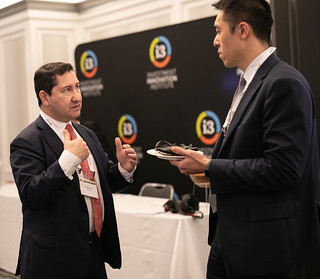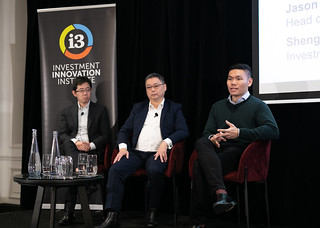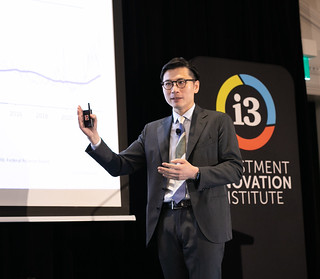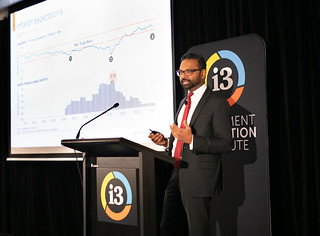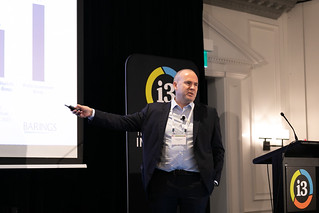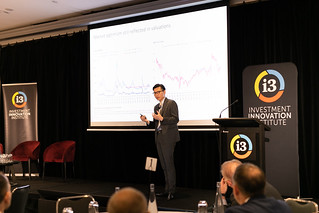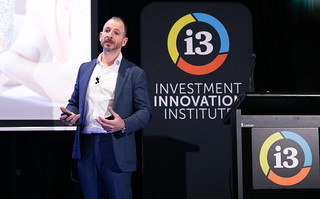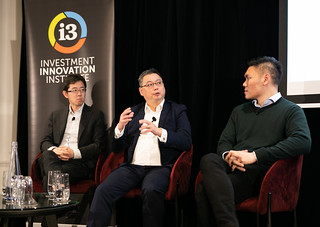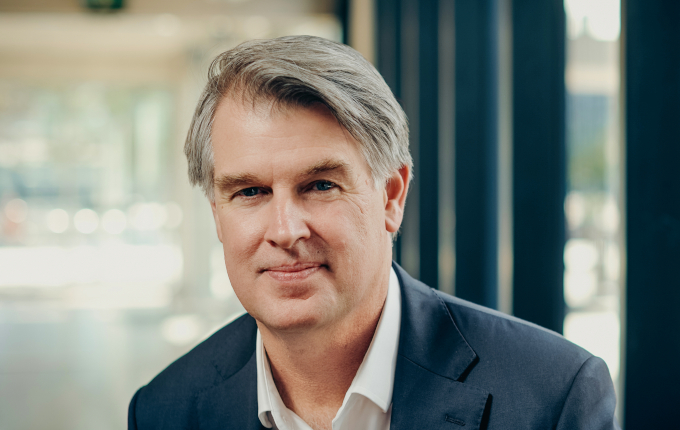The [i3] Fixed Income, Credit & Currency Forum was held on 7 June, 2023, at the Intercontinental Double Bay. Participants looked at the return of bonds and their defensive attributes, the path of inflation and compared private and public credit opportunities.
Are Bonds back?
Since the US 10-year Treasury yields peaked at around 16 per cent in the early 1980’s, bonds have enjoyed a 40-year bull run with a steady decline of rates. With rising prices and falling yields, bonds, hitherto the ballast to equity risk, face questions of redundancy, possibly extinction!
After years of low yields followed by the carnage in 2022 as central banks aggressively fight inflation, returns in the fixed income markets appear poised to rebound. This is buoyed by the expectation that the Fed tightening cycle is closer to the end, with high inflation under control.
Time to add Duration and Credit?
Notwithstanding concerns of the inverted yield curve and recessionary fears, investors don’t have to go far up the fixed income risk spectrum to obtain yields, be they short-term government bonds, investment grade credit, asset-backed securities or high yield etc.
Is term premia back on the cards? Should investors start adding duration, or is that even necessary?
Evolution of Private Credit
Most investors would have allocated to private credit, but like any asset class, the approach to how they allocate capital has evolved over time.
The rapid rate rises have amplified the cost of borrowing and refinancing; and hence risk of defaults. However, the higher yields and wider spreads have lifted private credit returns too.
The next 12-18 months will witness a clear separation between lenders employing disciplined risk measures during boom times and those that took elevated risks.
How can investors continue to gain exposure to this asset class, blending a diversified portfolio of private credit exposures?
We discussed these questions and more at the 7th annual Fixed Income, Credit & Currency Forum.


